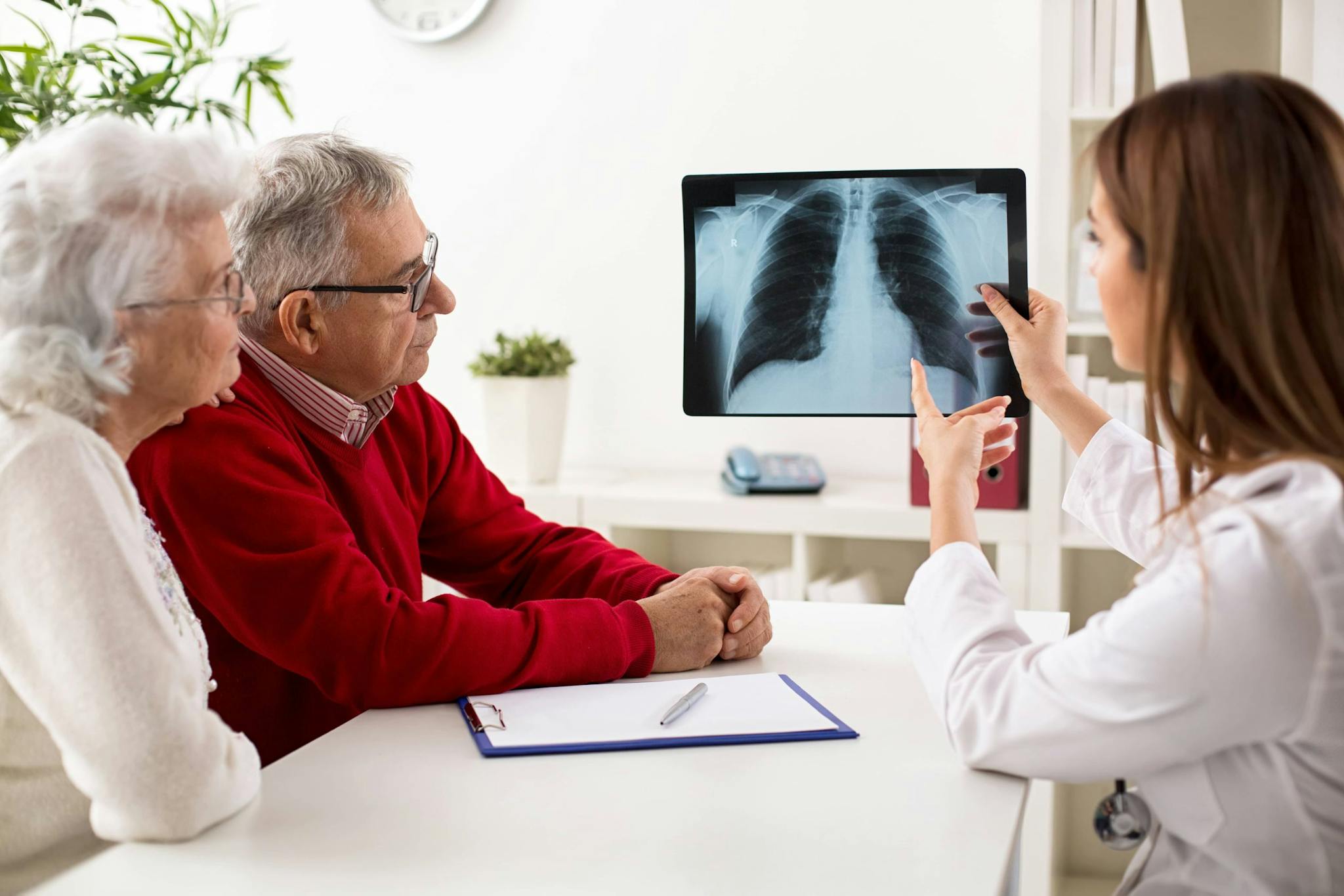Types of URIs
- Common cold
- Sinusitis: Inflammation of the sinuses
- Epiglottitis: Inflammation of the epiglottis, the upper part of the trachea that helps protect the airways from foreign particles. Swelling here is dangerous because it can block air flow
- Laryngitis: Inflammation of the larynx (voice box)
- Bronchitis: Inflammation of the bronchial tubes
Causes and Risk Factors
URIs can be caused by both viruses and bacteria. There are several sub-types within each of these categories. For viruses, these include:
- Rhinovirus
- Adenovirus
- Coxsackie virus
- Parainfluenza virus
- Respiratory syncytial virus
- Hyman metapneumovirus
For bacteria, these include:
- Group A beta-hemolytic streptococci (GABHS)
- Corynebacterium diphtheriae (diphtheria)
- Neisseria gonorrhoeae (gonorrhea)
- Chlamydia pneumoniae (chlamydia)
- Group C beta-hemolytic streptococci
Several actions, events or conditions can increase the risk of a URI, including:
- When someone sick sneezes or coughs without covering their nose and mouth. This causes droplets containing viruses to be sprayed into the air.
- Closed areas or crowded conditions, such as hospitals, institutions, schools and daycare centers.
- When you touch your nose or your eyes—infection occurs when secretion touches the nose or eyes.
- During fall and winter (September to March) while people are more likely to be inside.
- When humidity is low—indoor heating promotes the survival of many viruses that lead to URIs.
- If you have a weakened immune system.
Symptoms
Symptoms of a URI may include:
- Runny nose, nasal congestion, sneezing, cough and sputum production (these are considered the most common symptoms)
- Fever
- Fatigue
- Headache
- Pain during swallowing
- Wheezing
Diagnosis and Treatment
In most cases, people with URIs know what they have and are visiting the doctor to find symptom relief. Most diagnoses can be made using medical history and a physical exam. If needed, tests like throat swabs, X-rays or CT scans might be used for a diagnosis.
URI treatments include:
- Cough suppressants
- Expectorants
- Vitamin C or zinc
- Nasal decongestants
- Steam inhalation and gargling with salt water
- Analgesics like acetaminophen and NSAIDs can help with fever, aches and pains
Prevention
There are a few things you can do to help protect against URIs:
- Wash your hands regularly with soap and water to reduce exposure to secretions.
- Avoid being in close contact with sick people.
- Sanitize commonly-touched objects like remote controls, phones and doorknobs when anyone in the house may have a URI.
- Cover your mouth and nose if you are sick.
- Stay home if you are sick.
Sources:
“Acute Upper Respiratory Infection.” Healthline. https://www.healthline.com/health/acute-upper-respiratory-infection#Overview1
“Upper Respiratory Tract Infection.” MedicineNet.com. http://www.medicinenet.com/upper_respiratory_infection/article.htm





